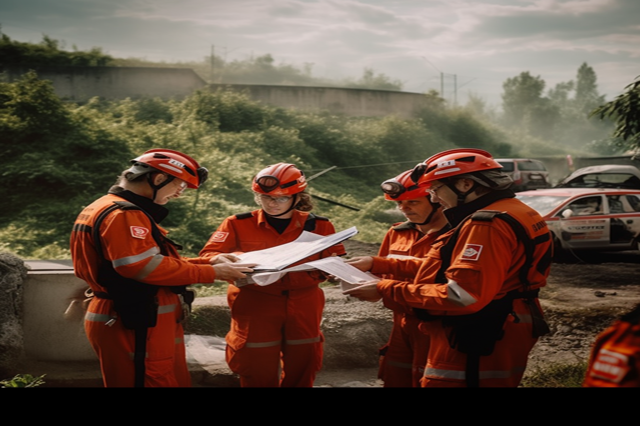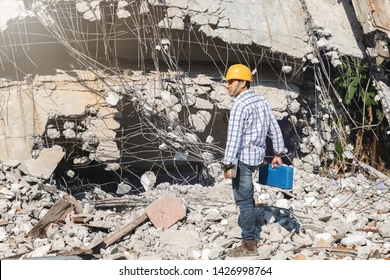Unpredictable disasters can damage communities and leave them in need of immediate aid. Natural catastrophes, ranging from hurricanes and earthquakes to floods and wildfires, can have disastrous effects, severely damaging houses, businesses, and infrastructure. In these kinds of circumstances, civil engineers such as us can be extremely important to disaster response and recovery operations. We’ll talk about the value of civil engineering in disaster response and recovery in this blog article, as well as how civil engineers help communities get rebuilt following calamities.
Reaction to Disasters
In the early aftermath of a disaster, civil engineers are frequently involved in emergency response operations. They collaborate with first responders, governmental and non-governmental organizations to determine regions that need immediate care and to analyse the damage. This could entail analysing the infrastructure and building safety, locating regions that are vulnerable to future damage or collapse, and determining how readily available food, clean water, and other necessities are. In order to support disaster response operations, temporary infrastructure establishment is another important function of civil engineers. To aid with rescue and recovery efforts, this may entail erecting makeshift shelters, roads, and bridges to allow access to impacted areas, as well as temporary power and communication infrastructure.
Reconstruction after a disaster
Planning, designing, building, and maintaining the disaster recovery process are all phases in which civil engineers are involved. They collaborate closely with local authorities, governmental organizations, and other interested parties to create all-encompassing recovery plans that put safety, sustainability, and resilience first. Following the initial phase of response, civil engineers are essential in initiating long-term rehabilitation initiatives. In order to support communities’ recovery and reconstruction, this begins with restoring and reconstructing destroyed homes, businesses, and infrastructure.
Rebuilding infrastructure to withstand future disasters is a crucial task in the field of disaster recovery. In order to assist communities in creating disaster-resistant infrastructure, such as infrastructure that can endure earthquakes, floods, or extreme temperatures, civil engineers are in a good position to handle storm surges and winds.
After a disaster, civil engineers are essential in making sure that the infrastructure that is already in place is secure and operational. This could entail carrying out evaluations and inspections to pinpoint sections that need to be replaced or repaired, as well as creating maintenance schedules to guarantee that infrastructure is long-term safe and operational. Civil engineers work on reconstructing various forms of social infrastructure in addition to the physical infrastructure. Rebuilding schools, hospitals, and other community facilities that are essential to the community’s well-being falls under this category.
Possibilities and Difficulties
Civil engineers have several difficulties even though they are essential to catastrophe response and recovery. A crucial obstacle is striking a balance between the necessity of long-term planning and resilience and the immediacy of disaster response. Long-term community risk can result from infrastructure that is not built to survive future disasters, which happens frequently when emergency response efforts take precedence. The requirement to reconcile conflicting priorities in catastrophe recovery operations presents another difficulty. For instance, there can be conflict between the long-term requirement to put safety and resilience first and the pressing need to rebuild swiftly to assist economic recovery.
Despite these difficulties, civil engineers have a lot of chances in disaster response and attempts at rehabilitation. These include the chance to apply creative engineering and design solutions to challenging issues and the chance to collaborate with stakeholders to create long-term, resilient, and sustainable solutions. In the reaction to and recovery from disasters, civil engineers are extremely important. They are active in all phases of the recovery process, from determining the extent of the damage and creating strategies for recovery to reestablishing social networks and infrastructure. Even though these initiatives face many difficulties, civil engineers can have a constructive influence on the aftermath of disasters.
After a disaster, communities can benefit from the assistance of civil engineers that prioritize safety, sustainability, and resilience in their work. It is crucial to remember that efforts for disaster response and recovery






